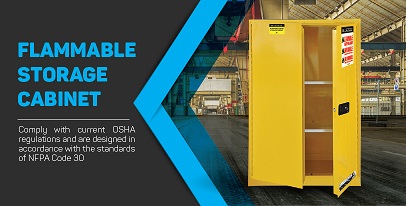What is the difference between FLAMMABLE & COMBUSTIBLE liquids

Flammable liquid means any liquid having a flash point below 100F (37.8C) or higher, the total of which make up 99 percent or more of the total volume of the mixture. Flammable liquids shall be known as Class I liquids. Class I liquids are divided into three classes as follows:
Class IA shall include liquids having flash points below 73F (22.8C) and having a boiling point below 100F o(37.8C).
Class IB shall include liquids having flash points below 73F (22.8C) and having a boiling point at or above 100F o(37.8C).
Class IC shall include liquids having flash points at or above 73F (22.8C) and below 100F (37.8C).
NFPA FLAMMABLE & COMBUSTIBLE CLASSES
It should be mentioned that flash point was selected as the basis for classification of flammable and combustible liquids because it is directly related to a liquid's ability to generate vapor, i.e., its volatility. Since it is the vapor of the liquid, not the liquid itself, that burns, vapor generation becomes the primary factor in determining the fire hazard. The expression "low flash - high hazard" applies. Liquids having flash points below ambient storage temperatures generally display a rapid rate of flame spread over the surface of the liquid, since it is not necessary for the heat of the fire to expend its energy in heating the liquid to generate more vapor.




